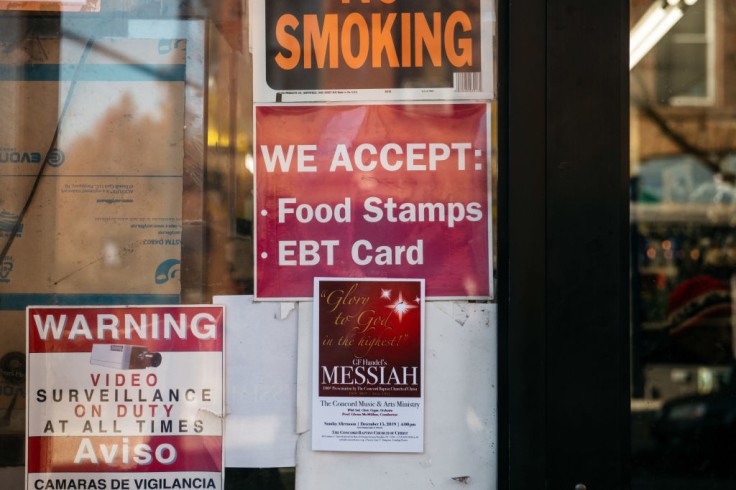
The SNAP program will distribute its July monthly benefits as scheduled. Different from other federal aid programs, SNAP payments are overseen and distributed by individual states, leading to different payment dates based on recipients' locations.
This variability highlights the need for recipients to know their state's specific distribution schedule in order to effectively handle their finances.
SNAP July Benefits Distribution
The SNAP program is vital for families with limited income, offering crucial assistance to afford essential needs.
Every month, food assistance is distributed to all 50 states, Washington D.C., and U.S. territories through an electronic benefit transfer (EBT) card that is accepted at participating stores. Nonetheless, the distribution dates and eligible retailers can differ extensively depending on the state.
State agencies distribute SNAP benefits in an orderly and systematic manner with funding from the federal government.
The quantity of money each recipient gets is determined based on their household's income and size through means-testing. This individualized method ensures that families get the assistance they require according to their unique situations.
Payment Schedules For Each State
Factors such as the claimant's case number or the first letter of their last name can affect the timing and amount of SNAP benefits in several states.
For example, California assigns benefits depending on the final number of the case number, giving those with lower digits payments first during the month. Conversely, in states like Alaska and South Dakota, all payments are issued on the same day.
Here's a brief overview of the SNAP benefit distribution schedule for July across various states and territories:
- Alabama: July 4 to 23
- Alaska: July 1
- Arizona: July 1 to 13
- Arkansas: July 4 to 13
- California: July 1 to 10
- Colorado: July 1 to 10
- Connecticut: July 1 to 3
- Delaware: July 2 to 23
- District of Columbia: July 1 to 10
- Florida: July 1 to 28
- Georgia: July 5 to 23
- Guam: July 1 to 10
- Hawaii: July 3 to 5
- Idaho: July 1 to 10
- Illinois: July 1 to 20
- Indiana: July 5 to 23
- Iowa: July 1 to 10
- Kansas: July 1 to 10
- Kentucky: July 1 to 19
- Louisiana: July 1 to 23
- Maine: July 10 to 14
- Maryland: July 4 to 23
- Massachusetts: July 1 to 14
- Michigan: July 3 to 21
- Minnesota: July 4 to 13
- Mississippi: July 4 to 21
- Missouri: July 1 to 22
- Montana: July 2 to 6
- Nebraska: July 1 to 5
- Nevada: July 1 to 10
- New Hampshire: July 5
- New Jersey: July 1 to 5
- New Mexico: July 1 to 20
- New York: July 1 to 9
- North Carolina: July 3 to 21
- North Dakota: July 1
- Ohio: July 2 to 20
- Oklahoma: July 1 to 10
- Oregon: July 1 to 9
- Pennsylvania: July 3 to 14
- Puerto Rico: July 4 to July 22
- Rhode Island: July 1
- South Carolina: July 1 to 19
- South Dakota: July 10
- Tennessee: July 1 to 20
- Texas: July 1 to 28
- Utah: July 5, 11, and 15
- Virgin Islands: July 1
- Vermont: July 1
- Virginia: July 1 to 7
- Washington: July 1 to 20
- West Virginia: July 1 to 9
- Wisconsin: July 1 to 15
- Wyoming: July 1 to 4
Managing SNAP Benefits Effectively
It is important for SNAP recipients to remain updated on the distribution dates specific to their state due to the differing schedules.
This data is usually available on local SNAP office websites or through direct contact with the office.
Recipients can effectively manage their household budgets and plan purchases better by being aware of when benefits will be accessible.
To find more information or stay updated, beneficiaries should visit their state's SNAP program website or get in touch with their local office.
This proactive method guarantees that families can receive the assistance they require without any disruptions.